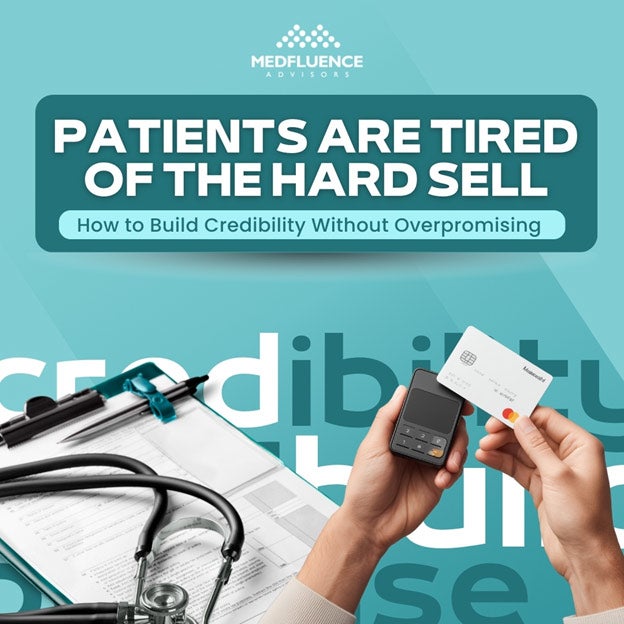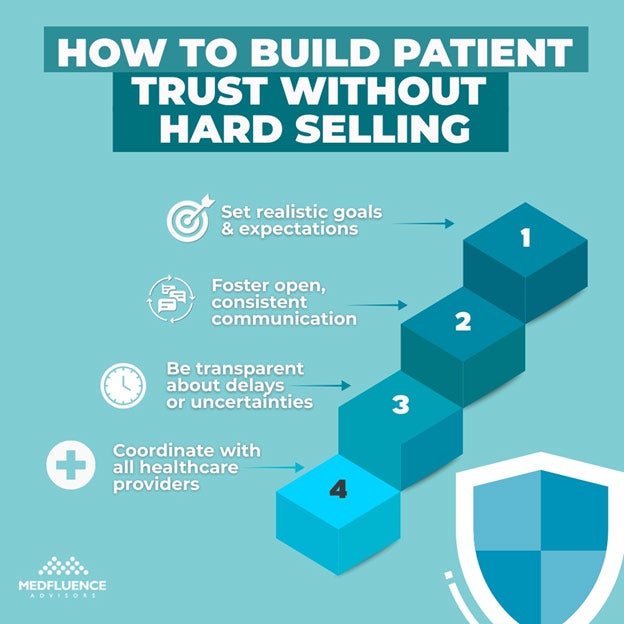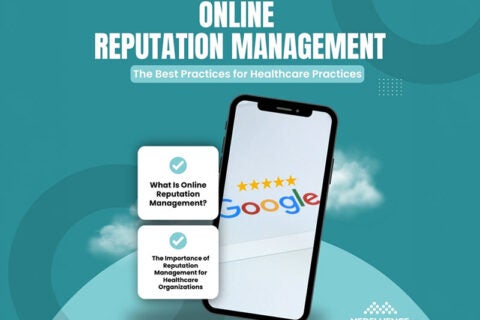Patients Are Tired of the Hard Sell: How to Build Credibility Without Overpromising
In any industry, sales drive growth. But in healthcare, the real success metrics go beyond booked appointments—they include patient trust, long-term relationships, and positive outcomes.
Today’s patients are more informed and more skeptical. They don’t want to feel like they’re being “sold to.” And in healthcare, they shouldn’t. They want to feel heard, understood, and supported—not pressured.
While marketing remains essential to building awareness, the traditional “hard sell” approach is not only outdated—it can harm your credibility.

What Is a Hard Sell in Healthcare?
A hard sell is a sales tactic that uses direct, urgent, or even aggressive messaging to push a quick decision. In consumer marketing, this might involve “limited time offers” or “guaranteed results.”
In healthcare, this approach is particularly problematic. Patients need time to understand their options and make informed decisions—especially when their health is involved.
❌ Why Hard Selling Doesn’t Work in Healthcare
It overwhelms potential patients
Aggressive messaging can make patients feel anxious, skeptical, or even alienated. Instead of encouraging trust, it drives them away—often to a competitor who offers clearer, more compassionate communication.
It creates negative experiences
When patients feel pressured or misled, they’re more likely to leave negative reviews and less likely to return. This erodes your practice’s reputation and may reduce referrals.
It ignores individual patient needs
Hard selling often prioritizes conversions over clinical alignment. That mismatch between services promoted and what the patient truly needs can lead to dissatisfaction—and worse, poor outcomes.
The Risks of Overpromising in Healthcare
Trying to “win the patient over” by offering assurances or overly optimistic statements may seem harmless—but it’s a dangerous path.
❌ It creates unrealistic expectations
When you imply or state that a treatment will fix a condition or guarantee a result, you set expectations that might not be clinically realistic. Even well-intentioned optimism can backfire.
❌ It erodes trust
If outcomes don’t match what was promised, patients feel misled. In healthcare, trust is foundational. Once it’s broken, it’s incredibly difficult to rebuild.
❌ It harms your reputation
Repeated overpromising leads to poor reviews, lost referrals, and diminished credibility. Word travels quickly—especially online—and dissatisfied patients may warn others to stay away.
✅ How to Build Credibility Without Overpromising
Want to earn patient trust and stand out—ethically? Focus on clear communication, transparency, and evidence-based expectations.

1. Set realistic expectations from the start
Avoid making absolute statements about outcomes or recovery timelines. Instead, explain what’s typically expected and emphasize that individual results vary. Be honest about limitations or uncertainties in care plans.
Example:
✅ “Most patients see improvement within a few weeks, but outcomes depend on your unique condition and overall health.”
2. Foster clear and consistent communication
Don’t just talk to your patients—listen to them. Encourage open dialogue early and throughout treatment. Revisit goals regularly and adjust expectations together.
Pro tip: Follow up after initial appointments or procedures to check in. This shows you care, and it reinforces alignment between experience and expectation.
3. Be transparent—even about the unknowns
Patients value honesty over empty reassurance. If a treatment may take time or results are uncertain, say so. If delays arise, communicate them promptly. Transparency builds trust—even when the news is less than ideal.
4. Coordinate messages across the care team
Ensure all providers involved in a patient’s care are on the same page. Inconsistent information from multiple specialists can create confusion and erode confidence.
Never make promises about timelines, medications, or procedures that rely on other departments or third parties without verifying first.
Trust Is the Best Long-Term Strategy
In an industry built on human health and vulnerability, authenticity and honesty matter more than persuasion. Patients don’t want promises—they want providers they can trust.
Overpromising may lead to a temporary win, but it comes at the cost of long-term credibility. In contrast, setting clear expectations, offering compassionate care, and communicating honestly lead to better patient relationships, more word-of-mouth referrals, and a stronger reputation.
Bottom Line:
Trust builds loyalty. Realistic guidance builds respect. And in healthcare, both are worth more than any “hard sell.”


